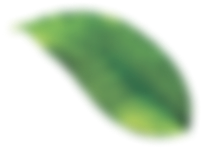Massa sovada is an important food associated with Easter for Portuguese people. It is a Portuguese sweet bread that originated in the Azorean Islands of Portugal. Traditionally, the bread is commonly made for religious holidays like Easter and other celebrations. During Easter, many people bake sweet bread for their families and make different variations. One variation specific to Easter is sweet bread that is baked with an egg on top and typically a cross shaped from dough over it. This variation of the sweet bread is called "Folar da Pascoa," which translates to "traditional bun of Easter." The egg represents the rebirth of Christ, and the bread represents the bread served at the last supper.
Shannel would enjoy eating the raw dough while Vavo was kneading the bread. She would eat so much of it that she would end up with a sore belly. She enjoyed watching the bread rise and the smell of sweet bread baking.

Not Mentioned

Not Mentioned

Not Mentioned

Not Mentioned
Baking Instructions:
If the top of the Massa is too brown, reduce the oven temperature to 275 degrees F.
Once baked and the pan has cooled slightly, remove the Massa from the pan and put it directly onto a tea towel on the counter.



